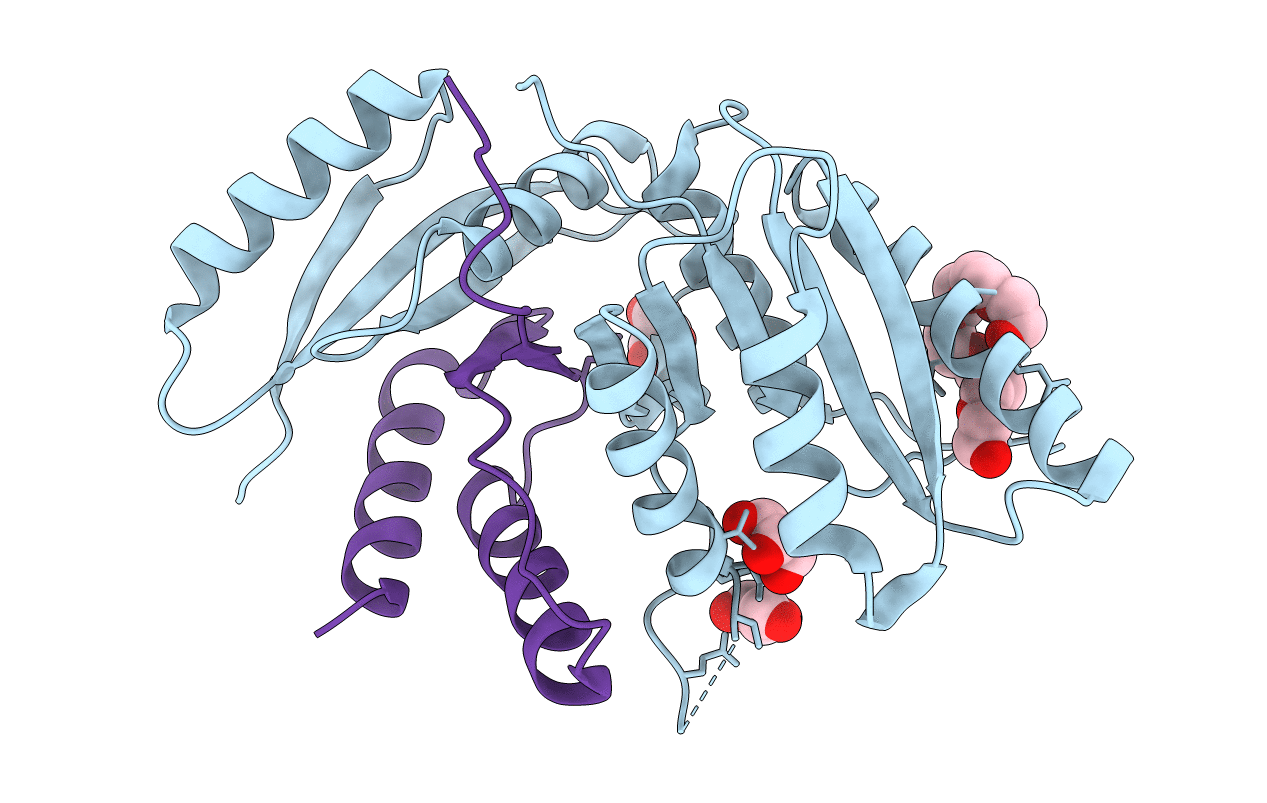
Deposition Date
2020-02-19
Release Date
2020-07-15
Last Version Date
2024-03-06
Entry Detail
PDB ID:
6VW9
Keywords:
Title:
C-terminal regulatory domain of the chloride transporter KCC-1 from C. elegans, proteolyzed during crystallization
Biological Source:
Source Organism:
Caenorhabditis elegans (Taxon ID: 6239)
Host Organism:
Method Details:
Experimental Method:
Resolution:
1.80 Å
R-Value Free:
0.21
R-Value Work:
0.18
R-Value Observed:
0.18
Space Group:
C 1 2 1


